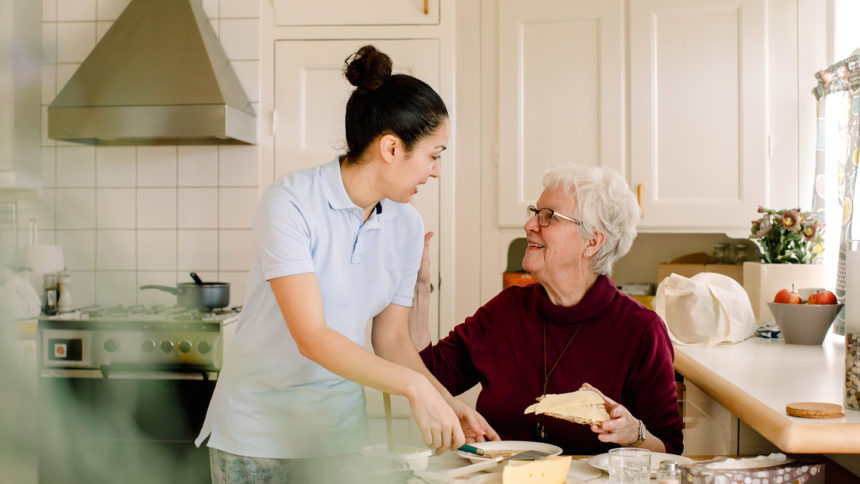
As the use of post-hospital care has moved away from institutions and toward the home, more older adults are receiving help for activities of daily living (ADLs) at home after discharge, a new study published in JAMA has found. As the person providing that care most likely is an unpaid caregiver, this development raises questions about the quality of care people are receiving at home, the impact on the caregiver and, ultimately, whether there are proper policies in place to support such a caregiver.
The study examined 3,591 participants 69 and older receiving help at home after acute-care hospitalizations from 2011 to 2017. The rate of those receiving help with ADLs at home rose from 38.1% in 2011 to 51.5% in 2017, an increase of 35%. Among those who were independent in their ADLs prior to hospitalization, the rate of receiving help with ADLS after hospital discharge more than tripled over the study period — from 9.3% to 31.8%, a jump of 242.9%.
The results reflect the move away from Medicare-reimbursed institutional post-acute care and home health and toward alternative and nonreimbursed sources of home-based care, the study said. Unpaid caregivers likely are providing the care, according to the study.
“While we are unable to distinguish the exact source from which patients report receiving help, we do know it is not Medicare-reimbursed care,” the study said. “This suggests that while Medicare has reported financial cost savings from alternative payment models that more frequently send patients home after hospital discharge, these payment models may be increasing societal costs by shifting the burden of care from Medicare to other sources including caregivers.”
It is not clear whether such caregivers are equipped to provide adequate care, the study said. There is also a concern on the impact on such caregivers who tend to be women.
“As payers steer patients away from inpatient post-acute care facilities, attention will need to be paid to this shifting burden of care, ensuring a more complete accounting of healthcare spending under alternative payment models (including societal costs), and, if care is being shifted to unpaid caregivers, policies to support these individuals,” the study concluded.





